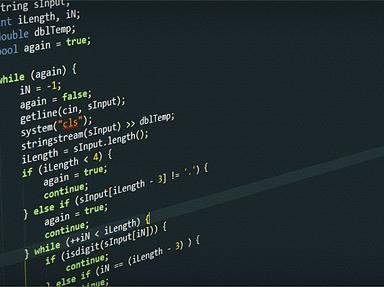Quiz Answer Key and Fun Facts
1. Which of the following declarations is valid in C?
2. What is the primary purpose of using the static keyword for a local variable inside a function?
3. Which of the following best describes the role of the preprocessor in C?
4. Why is it generally discouraged to use global variables in large C programs?
5. What is the main advantage of using pointers in C?
6. What does the term "undefined behavior" mean in the context of C programming?
7. Which of the following best describes the concept of a segmentation fault?
8. Why is the use of header files important in C programming?
9. What is the significance of the return 0 statement in the main function of a C program?
10. Which of the following is a key difference between arrays and linked lists in C?
Source: Author
Hesting_horts
This quiz was reviewed by FunTrivia editor
WesleyCrusher before going online.
Any errors found in FunTrivia content are routinely corrected through our feedback system.
